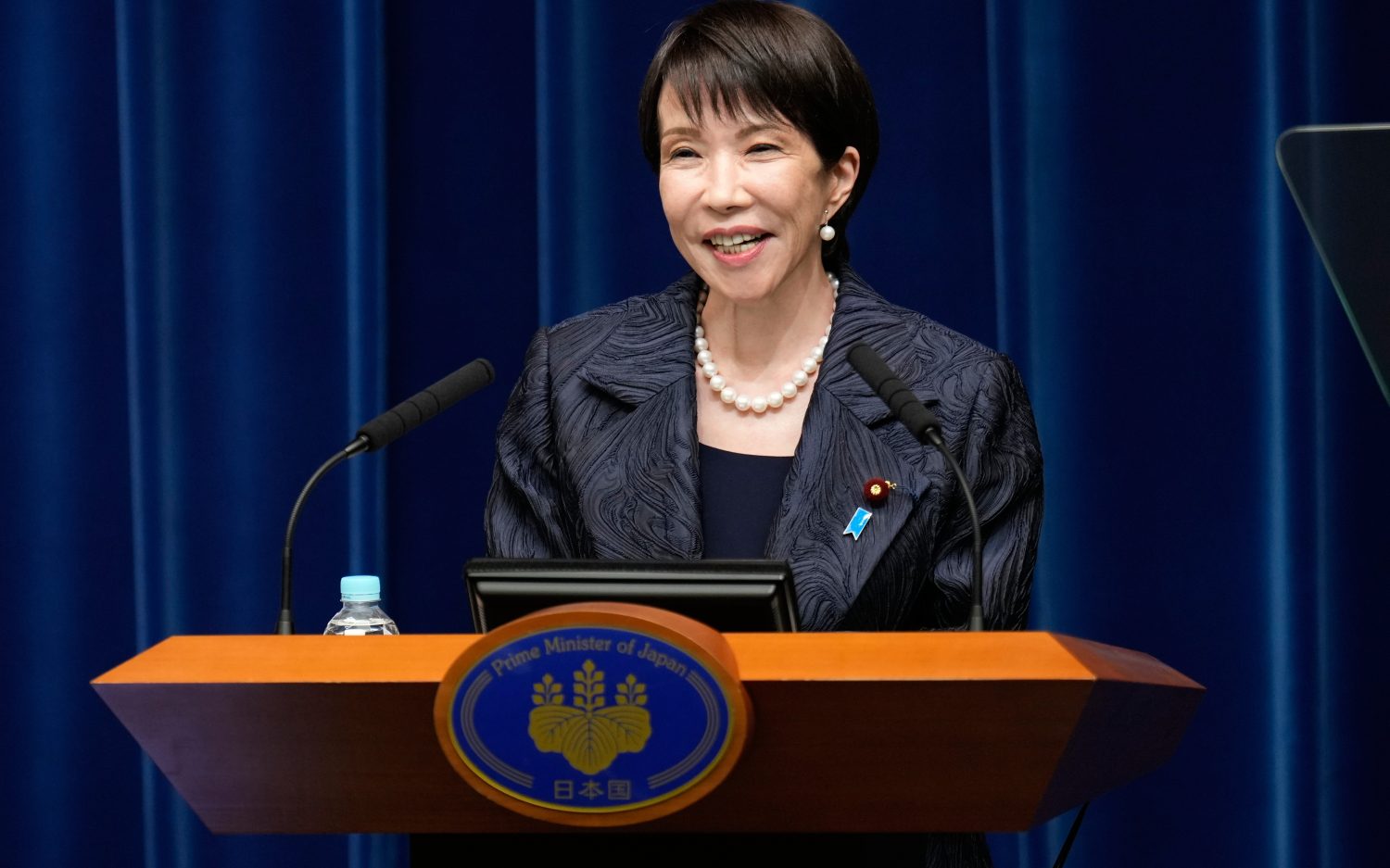Kabul attack underscores war's toll on Afghan civilians
New UN report shows women, children suffer the most from ongoing violence
Just a week after announcing the launch of its spring offensive, the Taliban claimed responsibility for a devastating bomb attack in Afghanistan’s capital that killed 64 and wounded hundreds more. The coordinated assault, involving heavy explosions, gun fire, and a suicide car bomb, unleashed the deadliest violence to hit Kabul in half a decade.
Local police believe the insurgents targeted an agency similar to the U.S. Secret Service, which provides protection to high-ranking government officials. But according to an Afghan Interior Ministry statement, civilians were hit hardest, with dozens of apartment buildings, houses, and shops mangled by the explosion.
“This attack … once more demonstrates complete disregard for the lives of Afghan civilians,” said Tadamichi Yamamoto, the United Nation’s deputy special representative for Afghanistan. “The use of high explosives in civilian populated areas, in circumstances almost certain to cause immense suffering to civilians, may amount to war crimes,” he added.
The Kabul attack serves as a grim example of recent UN data reflecting a surge in civilian injuries in Afghanistan—particularly among women and children.
According to a UN report released Sunday, Afghanistan’s war-related civilian deaths are lower than last year, but civilian injuries overall are on the rise. Since January, 1,343 Afghan civilians have been wounded in insurgency violence, an 11 percent increase compared to the first quarter of 2015. Some say the numbers reflect a shift in terror tactics, with intensified ground fighting in urban areas. Women and children have particularly suffered, with casualties mounting by 5 and 30 percent, respectively.
“In the first quarter of 2016, almost one-third of civilian casualties were children,” Danielle Bell, the United Nations human rights director in Afghanistan, told The New York Times. “If the fighting persists near schools, playgrounds, homes, and clinics, and parties continue to use explosive weapons in those areas—particularly mortars and I.E.D. tactics—these appalling numbers of children killed and maimed will continue.”
The Kabul assault came four days after Afghan security forces pushed back a Taliban offensive in northern Kunduz province. Last year, Taliban fighters held Kunduz for three days before being driven out in a bitter counteroffensive. It was the terrorist group’s biggest foray into an urban area since 2001.
“Even if a conflict intensifies, it does not have to be matched by corresponding civilian suffering,” said Nicholas Haysom, UN envoy to Afghanistan.
Last week, the Taliban vowed “large-scale attacks” with the launch of its spring offensive, adding it would try to avoid killing civilians and would establish “mechanisms for good governance … so that our people can live a life of security and normalcy.”
But the UN says the Taliban is directly responsible for more than 60 percent of civilian deaths or injuries in Afghanistan, a charge the terror group denies.
The Taliban also claimed 20 fighters with a local Islamic State (ISIS) affiliate in Afghanistan’s eastern Nangarhar province pledged support for Taliban leader Mullah Akhtar Mansoor. This marks the first time ISIS militants, many disgruntled ex-Taliban members, have joined the Taliban in the province, which has seen intense violence between the rival jihadi groups.
The Associated Press contributed to this report.
An actual newsletter worth subscribing to instead of just a collection of links. —Adam
Sign up to receive The Sift email newsletter each weekday morning for the latest headlines from WORLD’s breaking news team.




Please wait while we load the latest comments...
Comments
Please register, subscribe, or log in to comment on this article.